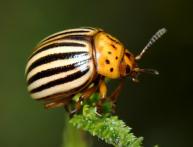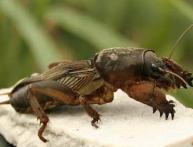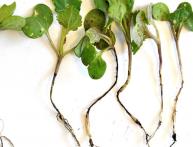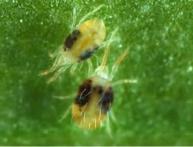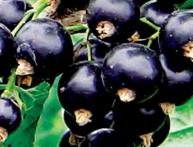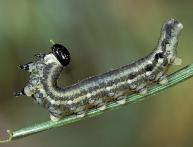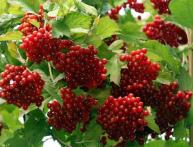Why and with what to spray currants in spring
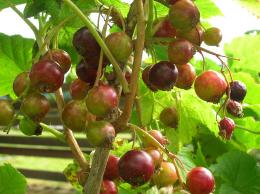
Black, red and white currants simply need to be sprayed against diseases. Moreover, currants are a very tasty morsel, primarily for pests. In general, you can count more than 70 varieties of pests and diseases of currants. Therefore, every gardener thinks about the question of how to spray currants in the spring.
The most common pests:
- leaf sawflies that damage leaves;
- leaf gall aphid, forms burgundy swellings on the leaves;
- shoot aphid, leads to leaf curling;
- bud mite, causes death of buds; spider mite, causes yellowing and drying of leaves;
- gooseberry moth, feeds on unripe fruits;
- bud moth, eats currant buds; scale insects, lead to the death of the plant.
The most common diseases:
- powdery mildew is a fungal disease that affects both leaves and shoots, as well as berries;
- fly beetle or anthracnose is a fungus that infects leaves;
- rust - fungus;
- terry, viral disease.
Ways to combat diseases and pests
First of all, you should always inspect the bush of the plant and break off the affected shoots, buds and fruits. In the fall, you need to thoroughly remove all fallen leaves, under which pests overwinter, and dig around the bushes.
Currants are sprayed with chemicals, but the temperature must be at least 20-22 degrees, otherwise the spraying will not produce results. If the temperature is still lower, then you can wrap the currant bush in cellophane.
Gardeners who do not like pesticides use decoctions of tobacco, onion or wormwood to treat bushes.
How to spray currants in spring:
- A solution of chlorophos with karbofos is effective against the gooseberry moth, various kinds of aphids and sawflies.
- Chlorophos helps against kidney moths.
- Karbofos, colloidal sulfur and keltan protect against ticks.
- Against scale insects, nitrafen solution.
- Nitrafen or a solution of iron sulfate are suitable against fungal diseases.
When diluting chemicals, it is important to follow the instructions and dilute only in the recommended proportions.

